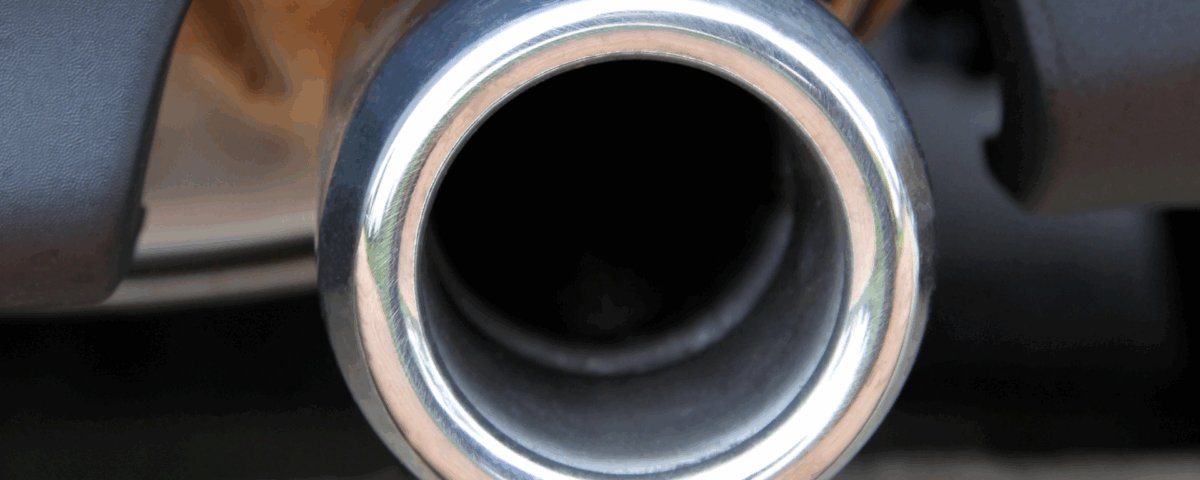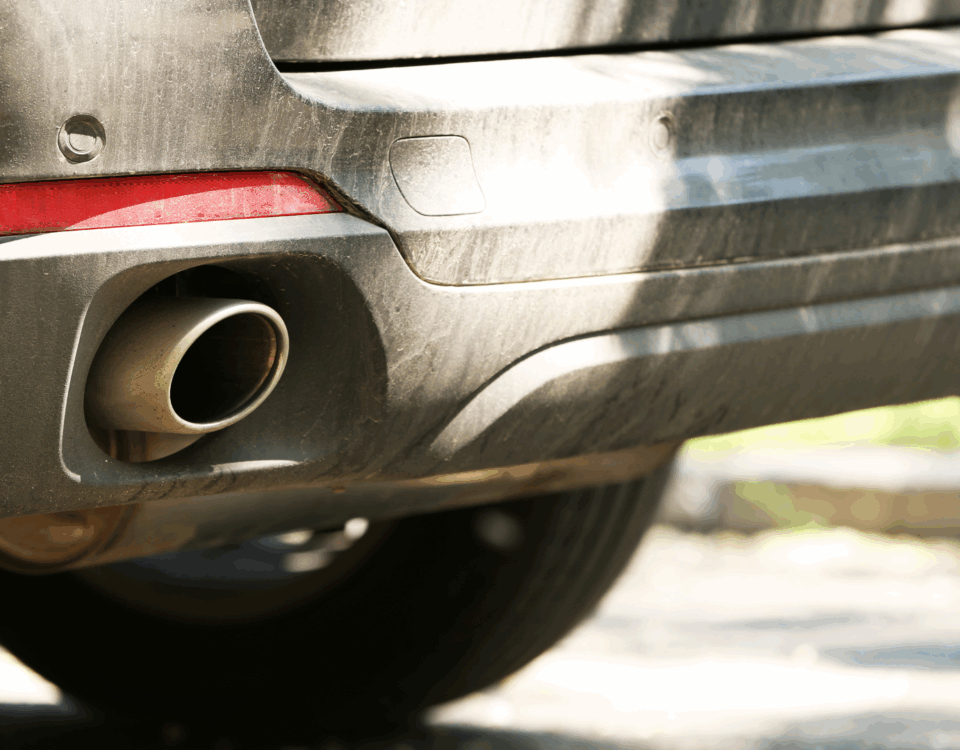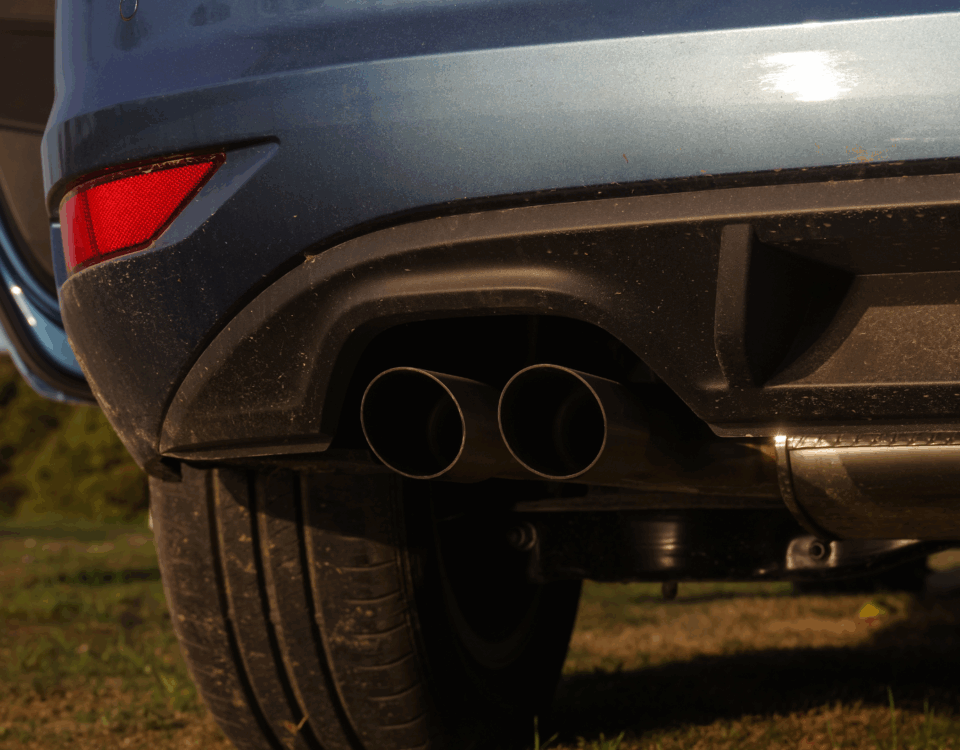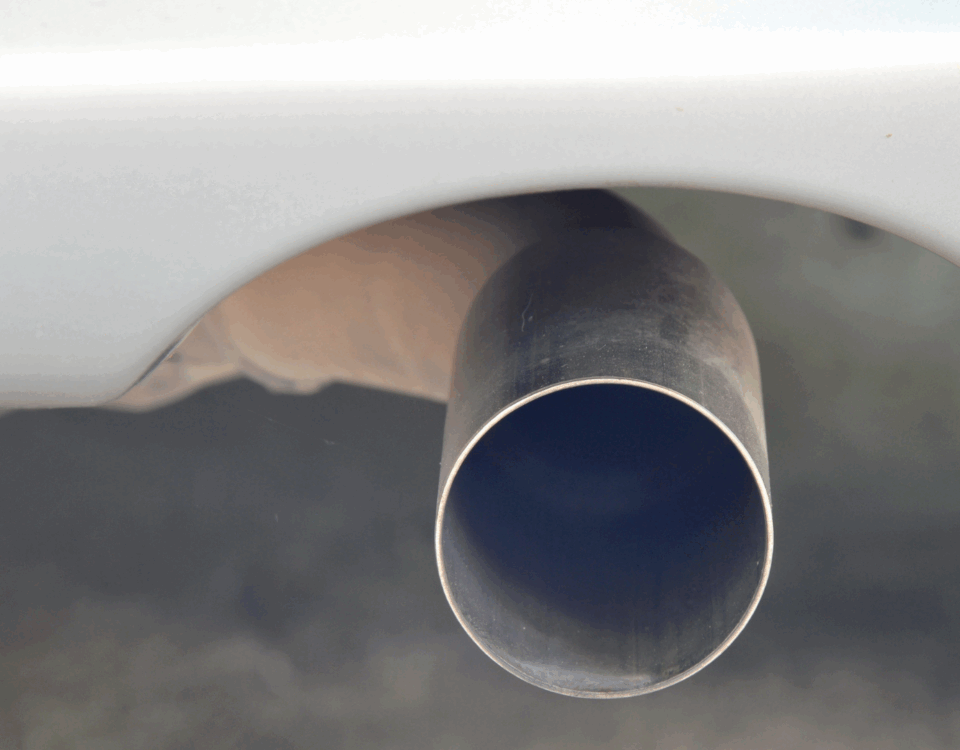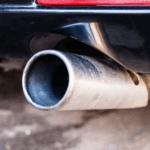
What Makes a Smog Check Different for Hybrid Cars?
June 12, 2025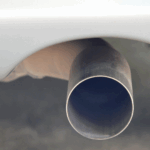
How to Ensure Your Hybrid Passes the Smog Check
June 12, 2025Why Hybrid Cars Still Need a Smog Check
Although hybrids are known for low emissions, they still have combustion engines that must meet environmental regulations. In most states, hybrids are subject to a smog check just like conventional cars. The main goal is to verify that the engine and emissions systems are functioning correctly and not polluting beyond legal limits.
What Happens During a Hybrid Smog Check
A typical hybrid smog check involves a visual inspection, onboard diagnostics (OBD) scan, and in some cases, a tailpipe emissions test. Because hybrid engines shut off when idle, the OBD scan plays a central role. It checks the emission-related components, ensuring no fault codes or pending issues are detected in the system.
Common Issues That Cause Smog Check Failures in Hybrids
Hybrids can fail a smog check for many of the same reasons as gas-only cars: old spark plugs, malfunctioning sensors, a faulty catalytic converter, or even a loose gas cap. Additionally, if the car’s battery was recently disconnected, it may not have completed its self-tests, which can lead to a “not ready” status.
Preparing Your Hybrid for a Successful Smog Check
Before taking your car in for a smog check, drive it for at least 20–30 minutes to allow the engine and OBD system to fully engage. Check for any dashboard warning lights, ensure your fuel tank is at least a quarter full, and confirm that your last maintenance was up to date. These steps can greatly increase the chance of passing.
How Often Hybrid Smog Checks Are Required
In most areas, hybrid vehicles are subject to smog check every two years, just like traditional cars. However, rules may vary depending on the state and the car’s model year. It’s always best to check your local DMV or smog program website to confirm how often your hybrid needs testing.
Read More:



